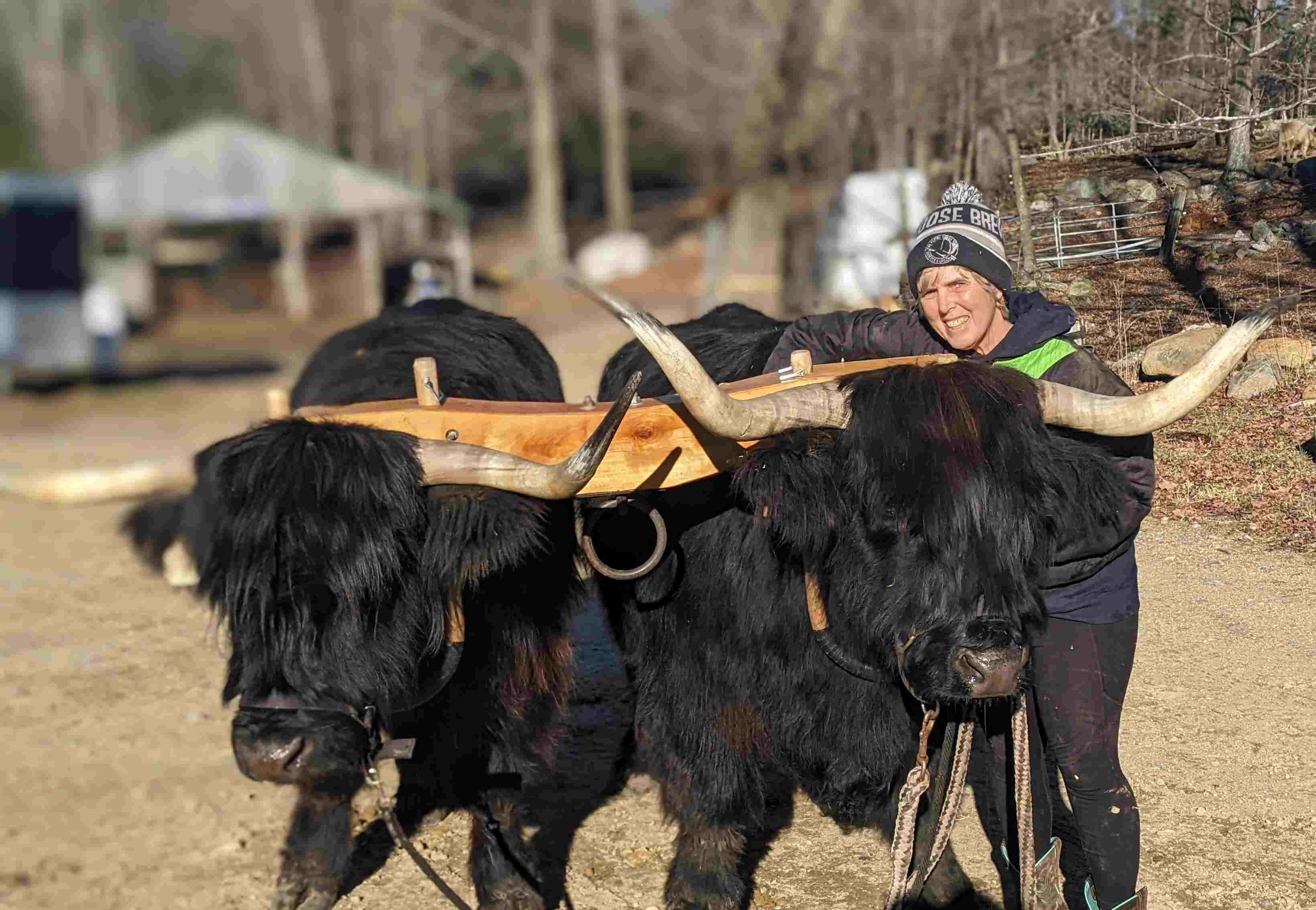How Animals Read Our Minds
posted on
January 27, 2021

Why do we use voice commands like “sit” and “stay” to teach dogs? Because we are humans, and we like to communicate with words. So, we think our pets and livestock should learn our language. Some do, but they are never fluent. Theirs is the language of “energy.” Cows, dogs, donkeys, and goats know what we think by reading our energy. By that, I mean our state of mind.
Our energy is revealed in actions big and small -- a tight jaw indicates tension, slumping shoulders show weakness, and of course, there are smiles and frowns, shouts and whispers, blows and caresses. Even better than emojis, these actions telegraph our feelings to our pets and each other. Have you ever glared at your dog without speaking, and he hung his head in shame? Just like you give your husband a look, and he knows what you mean, the same works for cattle.
Calming A Cow
Remember handshakes? Some were firm; others were limp. A handshake provided a glimpse of a person’s energy. Since cows don’t shake hands, they read energy in other ways. Take the 8-year-old cow named Alice. She will not shy away from a calm person. But recently, I walked into the pasture with three other farmers. Maybe it was how these men opened the gate or how they strode toward her. Whatever it was, she stared at them, poised to run. I asked them to stop and back up slightly, and Alice immediately calmed.
Catching Two Cows
Another example: Last week, when we opened a gate to deliver hay to a pasture, two heifers escaped. Free of the confines of the pasture, Brandy and Grace ran off, burning energy as I followed them with the ATV (all-terrain vehicle). After four minutes of running, they got tired and returned to the pasture gate. Still a little worked-up and unsure, they stood there, unwilling to enter. Husband Bruce swung his arms and waved a stick with excited energy, thinking this would push them into the pasture. Brandy saw a predator waving a stick, so the last thing she wanted to do was go calmly forward; she started to run away again.
When Bruce stopped waving his arms, stepped back, and stood quietly, Brandy also quieted down. Within minutes she was back to her natural state of calmness. She looked around, sniffed the open gate, and eventually, she and Grace walked back into the pasture.
Cows, dogs, donkeys, even people all feel better when calm. We have to find ways to help our animals get there, and the best way to teach calmness is to express it ourselves.
Teaching Cows
Long ago, when studying for my BA in Education at Keene State College, I learned it is only possible to teach when you have the student’s attention; they have to be listening. As a farmer, I use that knowledge to work with cattle.
Just as an excited or frustrated student will not listen, a cow will not pay attention to what you want. The only option most consider is to run away. When I replace my frustration or anger with calmness, the animal reflects the same, and teaching can resume. In Brandy’s case, the message I wanted her to receive was that the pasture is a safe place.



